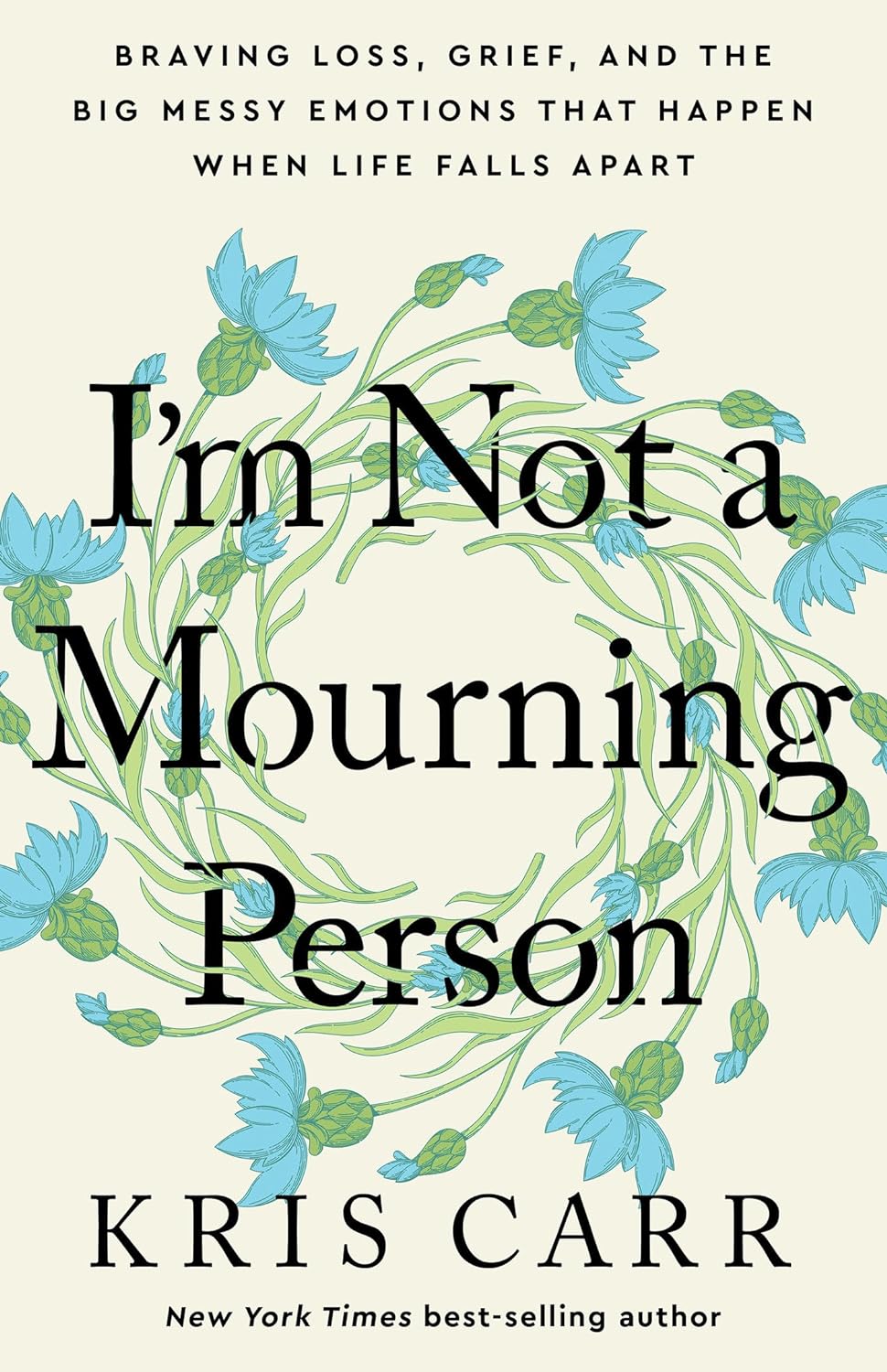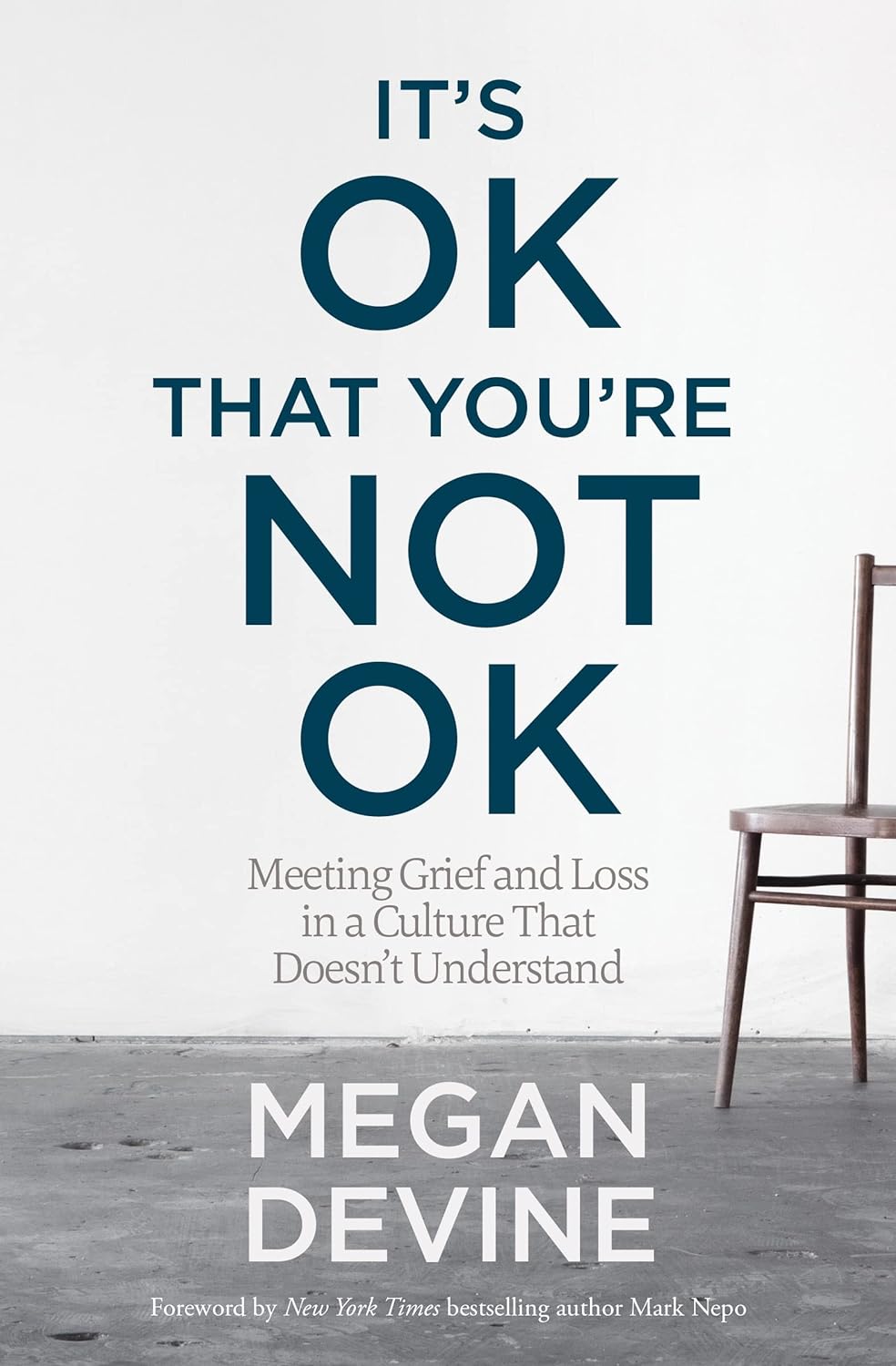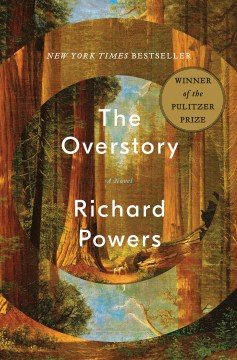Grace's Reading Nook
Grace's blog for her Reader's Advisory class!
Monday, April 15, 2024
Week Fifteen Prompt Response
Week Fourteen Prompt Response
If I were tasked with the decision whether to separate urban fiction and LGBTQ fiction from more generalized fiction, I would be in favor of separating urban but not LGBTQ fiction. Urban fiction describes a specific genre with its own conventions and expectations. Patrons looking for urban fiction will have a better browsing experience if all of the urban fiction is in one place. This is what my library actually has done; we have our own well-loved urban shelves at our main branch. I can understand why some would fear this being seen as discriminatory; however, I think it would actually decrease patron access and circulation to have the urban books spread throughout general fiction.
Conversely, with LGBTQ fiction, I don't feel that should be a separate section as LGBTQ fiction is less of a genre and more of a theme or appeal factor. While urban fiction also has common thematic threads of life in the inner city, poverty, violence, exploitation, and "rags to riches" storylines, the books are more strongly united stylistically. This is apparent from title conventions, cover presentation, and lyricism of the text. This unites urban/"street lit" as a genre, whereas LGBTQ fiction, as of yet, does not have a unified "feel" the way genres do. LGBTQ fiction certainly can share thematic elements, e.g. feeling "othered", coming out, found family, and beyond, yet, these works tend to feel stylistically distinct and can transcend genre. LGBTQ is not a genre that should be separated from general fiction as that does not improve the patron browsing experience. Separating LGBTQ as a genre also bows to censorship efforts, which libraries seek to combat.
However, I would support pop up displays highlighting both urban fiction, LGBTQ fiction, and urban LGBTQ fiction to increase circulation and patron awareness of these titles.
I would make these decisions because:
1. Condensing urban fiction together will make for a better browsing experience for lovers of the urban genre, same as with science fiction or Western readers.
2. Separating LGBTQ fiction from general fiction bows to censorship efforts and the suppression of marginalized voices in a way that separating urban fiction does not. LGBTQ fiction also does not have a cohesive feel the way urban lit can.
3. If urban readers feel othered by the separating of their genre from general fiction and do not find the action to enhance their browsing experience, we could instead indicate via spine label that a title is urban and return it to the general fiction stacks.
Monday, April 8, 2024
Diverse Read: You Made a Fool of Death with Your Beauty by Akwaeke Emezi
- Grief
- Healing
- Love triangles
- May-December romance
- Self-discovery
- Lush
- Emotional
- Moving
Saturday, March 30, 2024
Week Twelve Prompt Response
- Pacing: The pacing is leisurely and reflective. There are moments of tension, but we know at the onset that Evette is at a greater place of acceptance with her body and life than at the lowest times of her life.
- Characters: The book is autobiographical and follows Evette's journey with chronic illness and fatness, interlaced with her Black identity. Evette manages several chronic conditions, including mental illness (especially agoraphobia), heart failure, and pulmonary hypertension. Evette is able to reflect on her perspective at different times of her life with clarity and stark honesty. She does now shy away from condemning her past actions as self-destructive, harmful to others, or weak. Evette's supportive family also play a role, as do various boyfriends, though they serve more as representatives of the effect of Evette's mindset on others and as stand-ins for society than actual charactesr with arcs.
- How does the story feel? The story feels as if you are reading journal entries.
- What is the intent of the author? Dionne's intent is to share her lived experience and to build community with readers like herself. The book can also function as a long persuasive argument that fatness is not a morally corrupt state of being, but rather a neutral fact of life that deserves accommodation. Dionne argues that fatness should not be overly medicalized, and that doctors should not default to diagnosing a patient with simply "fat" and not further investigate their health conditions.
- Does the language matter? The langauge matters less than the emotional resonancy of the material. Dionne's prose is not overly poetic, but it does strike a chord narratively.
- Is the setting important and well described? The setting is sparesely described and is perhaps beyond tertiary to the overall structure of the book. Dionne's interactions with others take center stage, and whether she is talking to another disengaged boyfriend on a city street, in a park, or in a club is irrelevant.
- Are there details and, if so, of what? Dionne shares lot of medical details about her various chronic illnesses. These serve to illustrate that Dionne's primary heath problem is not her weight, but rather the illnesses she was predisposed to and got by seemingly random chance. Dionne also shares startlingly emotional and thought patterns that would potentially isolate her from the body positive movement, but she does so with honesty and bravery.
- Are there sufficient charts and other graphic materials? There are no graphs, but the book didn't need them.
- Does the book stress moments of learning, understanding, or experience? This book stresses understanding and experience. Dionne grows to accept herself and her place in society, but also elicits a call to action to challenge the status quo of white supremacy, capitalism, and the thin ideal.
- Body positivity
- Black lived experience
- Social commentary
Nonfiction: The Right to Be Cold by Sheila Watt-Cloutier
- Climate change
- Environmental protection
- Environmentalists
- Inuit women
- Watt-Cloutier, Sheila
- Weather
- Memoir
- Cultural history
- Emotional
Wednesday, March 20, 2024
Week Eleven Prompt Response
Audiobooks and ebooks are really important for broader accessibility. Being able to listen to a book, while of course being convenient on long drives or otherwise on the go, is also amazing for those with low vision. Some of the most avid users of ebooks at my previous branch were senior patrons who needed the flexibility to make the text larger. My library system has a robust collection of ebooks and eaudiobooks on Libby and Hoopla; unfortunately, I feel like we struggle to entice patrons with no natural interest in this medium to give it a try, and I put in a lot of collection development requests for physical copies of books we have digitally.
I think print books have a kind of hidden appeal factor we don't often talk about; the physical appearance of the book. Books with sprayed edges are super popular right now (see A Fate Inked in Blood, Gothikana, or Sanctuary of the Shadow). The font choice, cover design, and intangible feel of the book can lead someone to pick it up and take it home. Ebooks sacrifice this appeal to gain flexibility. Some patrons in our service area own property locally but travel a lot or move to Florida during the winter, and they will use our Libby from afar while they are out of town.
The effectiveness of a narrator in an audiobook cannot be overemphasized in terms of appeal. Many of my coworkers have been reading the A Court of Thorns and Roses series. One coworker listened to the dramatized audiobook for all the books, and found herself not enjoying one of the main characters because she found that narrator annoying, and it affected her overall enjoyment of the books. Additionally, I have seen some people in my romantasy Facebook group discussing deleting certain audiobook downloads from their devices without ever listening to them because the narrator was found out to be predatory towards his fans. (Imagine being that author and having someone so beyond your control negatively impact your work!).
Overall, ebooks and audiobooks are an essential, valued form of reading and storytelling that make reading accessible to more people. Some purists will argue that the only reading that counts is reading a print book, but I couldn't disagree more.
Sunday, March 10, 2024
Book Club Experience
Week Fifteen Prompt Response
Three ways that we promote our collection at my library are the following: 1. Themed book lists. I'm pretty sure every library under th...
-
I was an avid, book-obsessed child, but for a while I was a book-estranged adult. As a child I read lots of the big series--Erin Hunter'...
-
I think the "review game" is multi-faceted. When I read reviews, I only put a lot of stock into them for my personal taste if the ...
-
I wrote my special topics paper about book influencers. More specifically, I discussed BookTok, since it is undoubtedly the most powerful. I...














